I used to drive a Volkswagen Westfalia van. Just out of college, kayak on the roof, Tevas on my feet—I thought I was pretty cool. For full-time guide life the Westfalia was pretty ideal, except that it broke down all the time and, with the motor in the back, could not blow enough warm air on the windshield to defrost it on cold mornings.
Little known fact: All Volkswagen van drivers wave when they pass each other on the highway. A recognition, I suppose, of a kindred spirit and another person possibly as cool as you. I could be wrong, but I don’t think Dodge Caravan drivers wave to each other, if they did it’d be perhaps a recognition of another person as uncool as you. A kayak on the roof can similarly warrant a wave from a passing fellow paddler on the highway—but this seems to vary over time and place.
My van died long ago and I now drive a pickup truck, but I don’t wave to other pickup truck drivers and they don’t wave to me. But when I bike to work or go for a road ride, I wave at other cyclists. They wave back. When I walk down the sidewalk, I don’t wave; neither do the other pedestrians. What is going on here?
Wave theory: Is the classic kayaker greeting making a comeback?
There is a surprising amount of research and zero confirmed theories as to the origin of the wave. This line of inquiry resides everywhere from archeology to psychology, sociology and even economics.
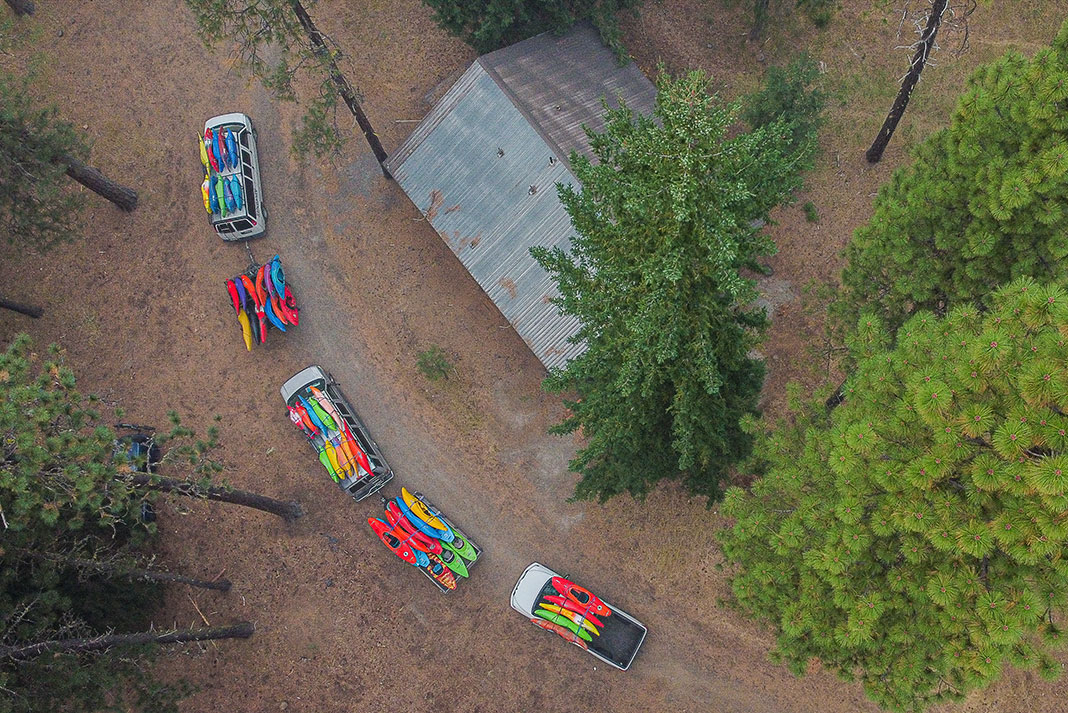
One school of thought is that the wave is derived from the salute, which itself is derived from removing one’s hat as a show of respect, which in turn may be derived from Knights of the Round Table tipping their helmet visors up in greeting. Sounds like wishful thinking, as the wave likely predates hats and helmets by a thousand years.
Another school of thought, with a bit more momentum behind it, is that showing one’s palm to someone is confirmation one means no harm and hides no weapon. I’m not sure if this view is optimistic or pessimistic about human nature.
The rise and fall of the wave
I recall a cartoon by the great kayaker/humorist William Nealy, from way back in the 80s, of two kayakers pulled over on opposite sides of the interstate, running across the grassy median with arms wide, lining up for a hug. The 80s were a time when meeting another kayaker on the road was a novelty, and honking, waving and general joyousness was typical. That mellowed in the 90s to a more restrained flash of fingers above the steering wheel, with an occasional keener going overboard.
Where I paddle on the Ottawa River, through the go-go boom days of the late 90s and early 2000s, the wave fell away. It was really busy with kayaks then—a boat on every vehicle on the road, put-in and take-out parking lots overflowing, and crowds and lines in the eddies. Other kayakers were competition rather than community. Drivers avoided eye contact when another kayaker was spotted on the road. Weird. And a bit sad.
It’s not that way anymore, at least where I live.
Hearty hellos are back in style
The wave has been slowly making a comeback, perhaps signaling the days of viewing other kayakers as rivalries are behind us. Things haven’t quite gone back to the early days, with joyous celebrations at the sight of a fellow boater—but the subtle wave is still a welcome sight, a recognition that we are part of the same awesome community.
Recently I drove to the city of Ottawa to drop off a boat, on the same day as the cult favorite Movember Whitewater Classic kayak race on the Ottawa River. Kayakers were coming from the city to the river; I was going the other way. I am pleased to report every single kayak-topped car waved. I happily waved back.
Jeff Jackson is a risk management consultant and professor of outdoor adventure at Algonquin College. Alchemy first appeared in the Summer 2000 issue of Rapid.
Unofficial rule of thumb: one wave per boat strapped to the roof. | Feature photo: Kalob Grady


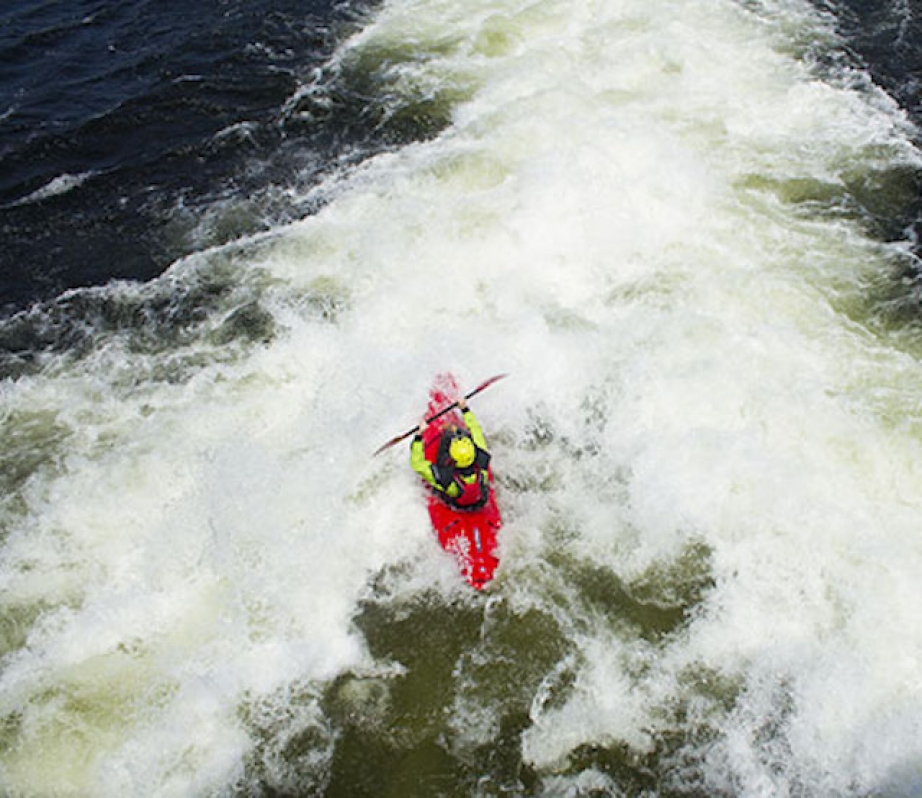
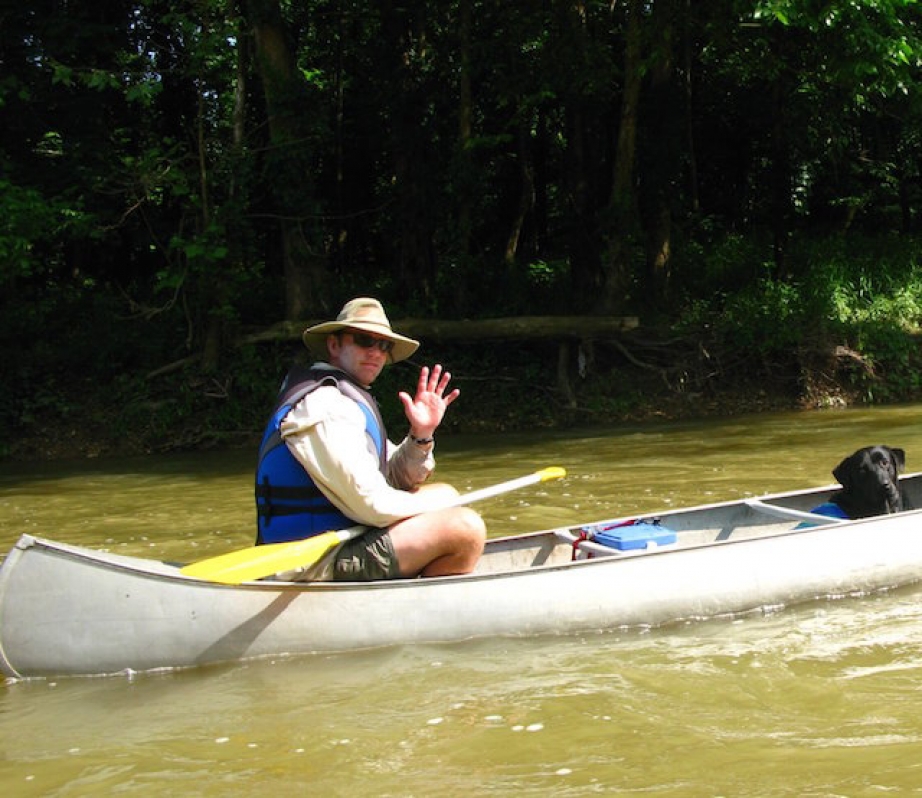
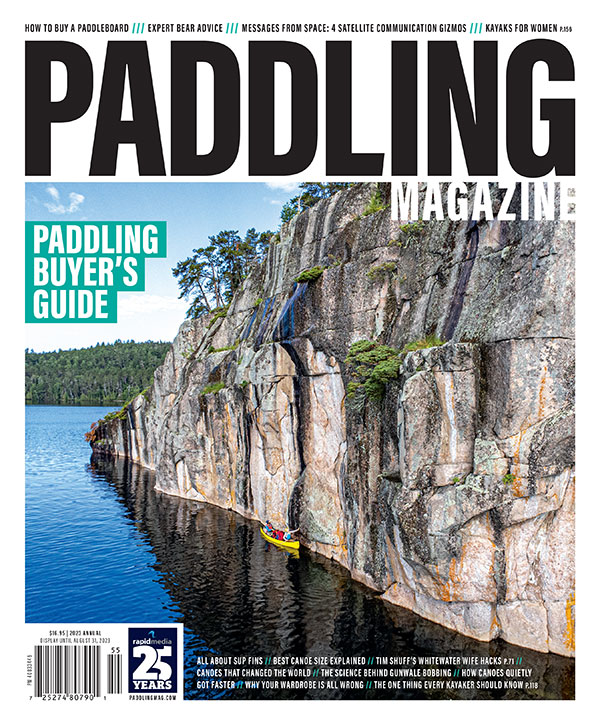 This article was first published in the 2023 Paddling Buyer’s Guide.
This article was first published in the 2023 Paddling Buyer’s Guide. 
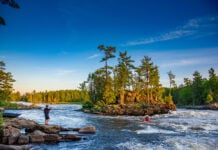
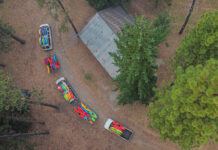
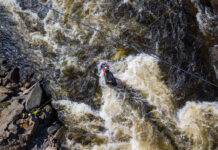
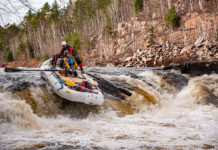


A recent post on Kayak Ohio, a Facebook group I’m in suggested coming up with a wave similar to that of Jeepers. Some suggested the Bear Claw, other the hang loose which would represent a double blade. There was not a consensus.
I have sort of a similar story to the wave. Years ago I was driving Fourth of July weekend from Bath, Maine to Casco Bay with a 12′ varnished lapstreak sailing canoe on the roof of my car. Being a summer holiday it was slow stop and go driving. Nobody but one looked at the canoe. I’d be stopped with cars crawling past me in the opposite direction and not a look. Then from the opposite direction a very tricked out hot rod came along side. We each stared for as long as we could at each others creation. And that was it for the trip. Even at the launch ramp while we rigged the sails people walking by to their pleasure boats did not look.